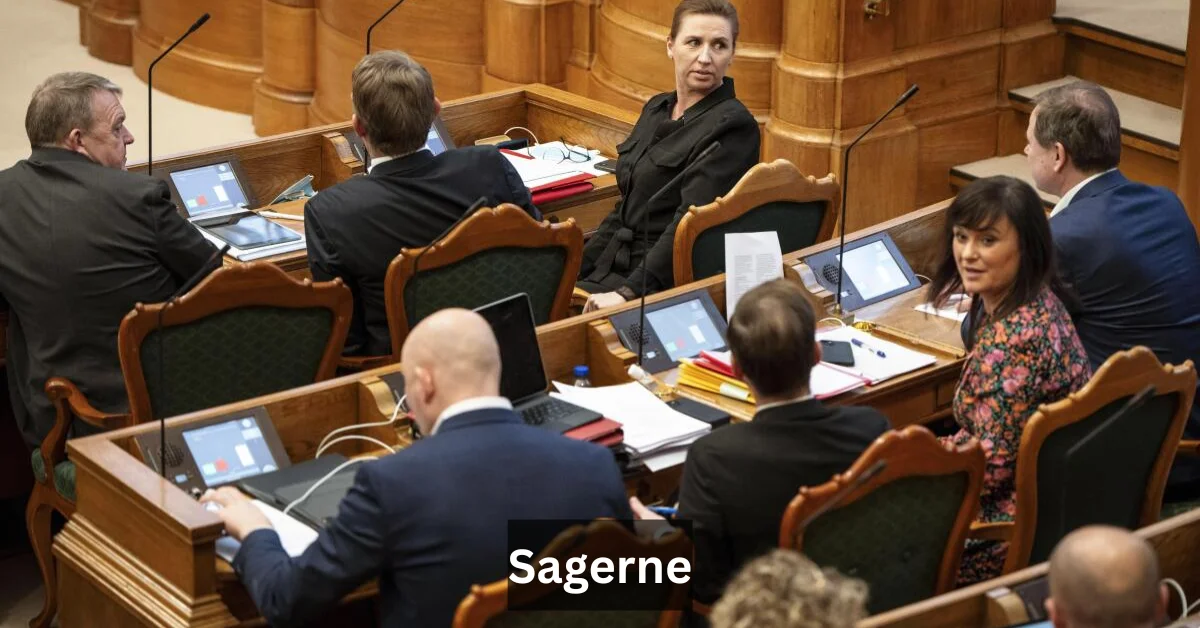Sagerne in Denmark has become a focal point of discussion, drawing attention from legal experts and the public alike. These cases not only reveal the intricacies of Danish law but also reflect societal values and cultural norms. As people dive deeper into these legal matters, they realize how interconnected law and media can be in shaping opinions and influencing reforms. With each case covered under sagerne, there’s more than just legal outcomes at play—there are stories that resonate with everyday life. Let’s explore this fascinating intersection of law, media, and public perception in Denmark’s unique landscape.
Overview of the Danish Legal System
The Danish legal system is rooted in the principle of rule of law. It emphasizes equality before the law, ensuring that everyone has access to justice.
Denmark operates under a civil law framework. This means that laws are primarily codified and written down, providing clarity and structure for legal proceedings.
Judicial independence is a cornerstone of this system. Courts function without interference from other branches of government, fostering impartiality in decision-making.
The judiciary consists of various levels, including district courts, high courts, and the Supreme Court. Each level addresses different types of cases based on their gravity and complexity.
Additionally, Denmark recognizes both statutory law and case law as vital components. Statutes provide foundational rules while court decisions interpret these laws in specific contexts.
Legal professionals play significant roles within this framework. Judges, lawyers, and public prosecutors work diligently to uphold justice across all sectors.
Impact of Sagerne on Danish Law
Sagerne has profoundly influenced Danish law, prompting significant reforms and shifts in legal interpretation. The cases highlighted various systemic issues that demanded immediate attention from lawmakers.
One of the most notable impacts has been an increased focus on transparency within the judicial process. Public scrutiny grew as citizens became more aware of their rights and the responsibilities of legal institutions.
Additionally, Sagerne cases have paved the way for new precedents, reshaping how certain laws are applied. This evolution ensures that justice is not only served but also seen to be served by the public.
As a result, legislators are now more inclined to consider public opinion when drafting new laws or revising existing ones. The ripple effects extend beyond Denmark’s borders, inspiring discussions about reform in other nations’ legal systems as well.
Cases Covered in Sagerne
The Sagerne phenomenon has brought several notable cases into the public eye. Each case reveals a different facet of Danish law and societal values, sparking debates across various platforms.
One significant case involved issues of privacy rights versus public interest. This sparked intense discussions on how far media can go in uncovering details about individuals without infringing their personal lives.
Another pivotal case highlighted the complexities surrounding discrimination laws in Denmark. The insights gained from this situation prompted lawmakers to rethink existing regulations and consider new protections for marginalized groups.
These cases not only influenced legal interpretations but also engaged citizens in ongoing conversations about justice and ethics within society. They serve as crucial examples of how individual stories can lead to broader systemic changes.
Role of Media in Shaping Public Opinion on Sagerne
The media plays a crucial role in shaping public perception of sagerne. News outlets, social media platforms, and investigative journalism have all contributed to bringing these cases into the spotlight.
Coverage often highlights the emotional aspects of each case. Victims’ stories resonate with audiences, prompting conversations about justice and reform. This emotional connection can sway public opinion significantly.
Moreover, sensational headlines attract attention but may also distort facts. The balance between factual reporting and engaging storytelling is delicate yet vital for informed discourse.
Social media amplifies this effect further by allowing individuals to share opinions rapidly. Public sentiment can shift almost overnight based on trending hashtags or viral posts related to sagerne.
Through interviews, expert analyses, and commentary pieces, the media not only informs but also influences how society views legal processes and outcomes surrounding these cases.
Lessons Learned from Sagerne for Other Countries’ Legal Systems
Sagerne offers valuable insights for legal systems worldwide. One key lesson is the importance of transparency. When citizens understand legal proceedings, trust in the justice system grows.
Another takeaway is the role of public engagement. Active participation can drive reforms and ensure laws reflect societal values. Countries should encourage dialogue between lawmakers and citizens to build stronger connections.
The balance between law enforcement and civil liberties also emerges as crucial from Sagerne’s cases. Legal frameworks must protect individual rights while maintaining public safety.
Additionally, media coverage plays a pivotal role in shaping perceptions about justice. Responsible journalism can spotlight injustices and drive necessary changes within legal institutions.
Ongoing education for legal practitioners ensures they remain up-to-date with evolving standards and practices, fostering an adaptable judicial environment that meets contemporary needs effectively.
Conclusion
Sagerne has sparked vital discussions around the legal landscape in Denmark. It highlights how real-life cases can influence laws and regulations.
The intersection of law, media, and public opinion is evident. As stories unfold, they shape perceptions and expectations within society.
These cases are not just isolated incidents but reflections of broader societal values. They challenge existing norms and push for reform where necessary.
Other countries can certainly draw lessons from Denmark’s approach to these matters. Adapting elements from the Sagerne experience could enhance transparency and accountability elsewhere.
Engagement across platforms fosters a deeper understanding of justice issues, encouraging informed dialogue among citizens. Exploring these dynamics reveals much about the evolving nature of law itself.
FAQs
What are the Sagerne in Denmark?
Sagerne refers to a series of significant legal cases that have shaped Danish law and public discourse. They highlight various aspects of the judicial system, including civil rights, criminal law, and administrative decisions.
How does the Danish legal system work?
The Danish legal system is based on a combination of statutory laws and case law. It operates under a framework of parliamentary democracy where laws are enacted by the Folketing (parliament) and interpreted by courts.
What impact have Sagerne had on Danish law?
The Sagerne cases have led to important reforms within the judicial system. They emphasize accountability, transparency, and citizens’ rights while encouraging ongoing discussions about justice in Denmark.
Can you give examples of specific cases covered in Sagerne?
Yes, notable cases include those involving wrongful convictions or breaches of human rights. Each one has contributed to evolving interpretations of existing laws or prompted new legislation altogether.
How has media influenced public perception regarding Sagerne?
Media plays a critical role in shaping narratives around these cases. Through investigative journalism and extensive coverage, they inform the public while often holding authorities accountable for their actions.
Are there lessons from Sagerne applicable to other countries?
Absolutely! The experiences from Denmark offer valuable insights into fostering an equitable legal environment elsewhere. Emphasizing transparency, engagement with citizens’ rights, and adaptive legislative practices can significantly enhance any nation’s judicial integrity.
















